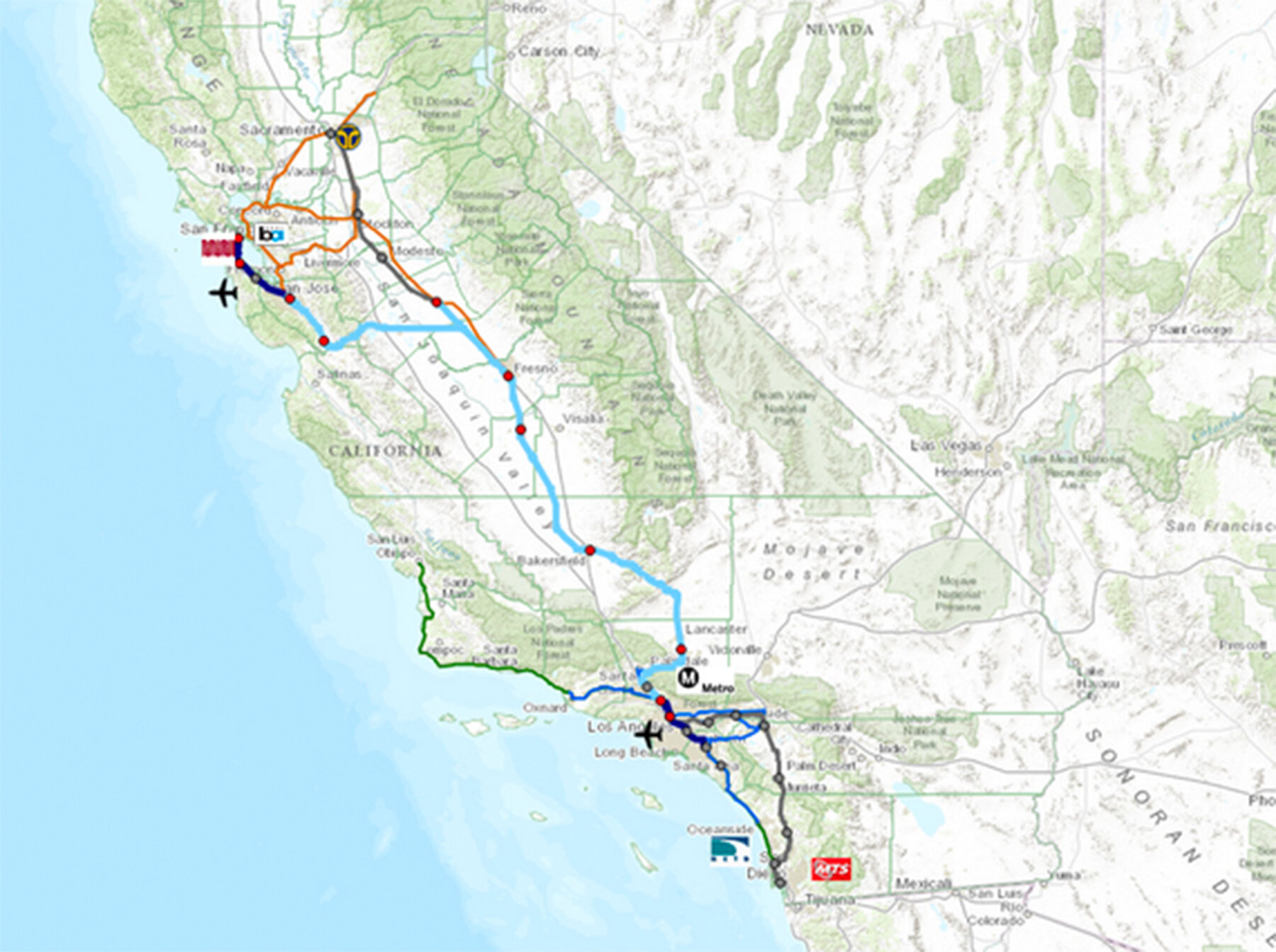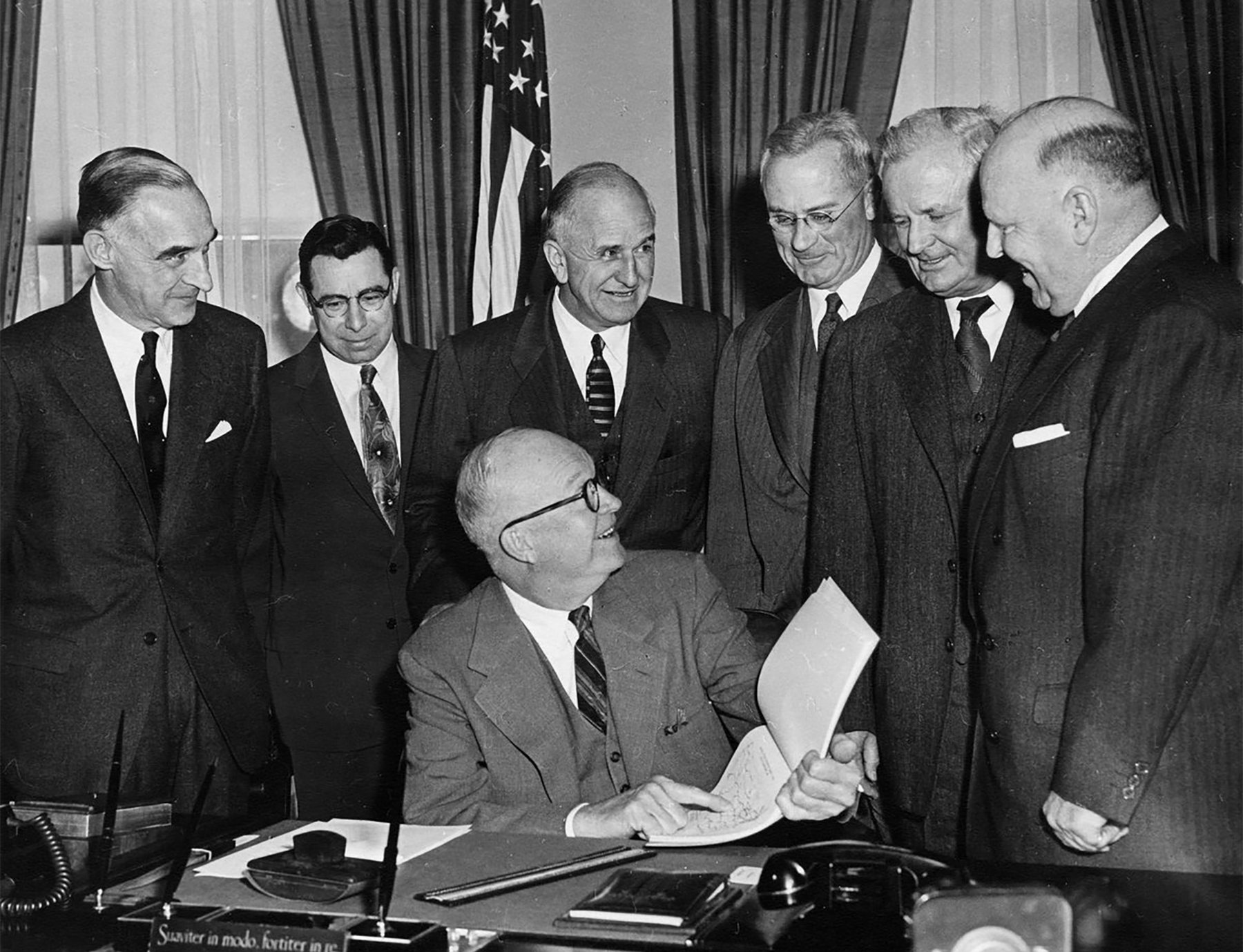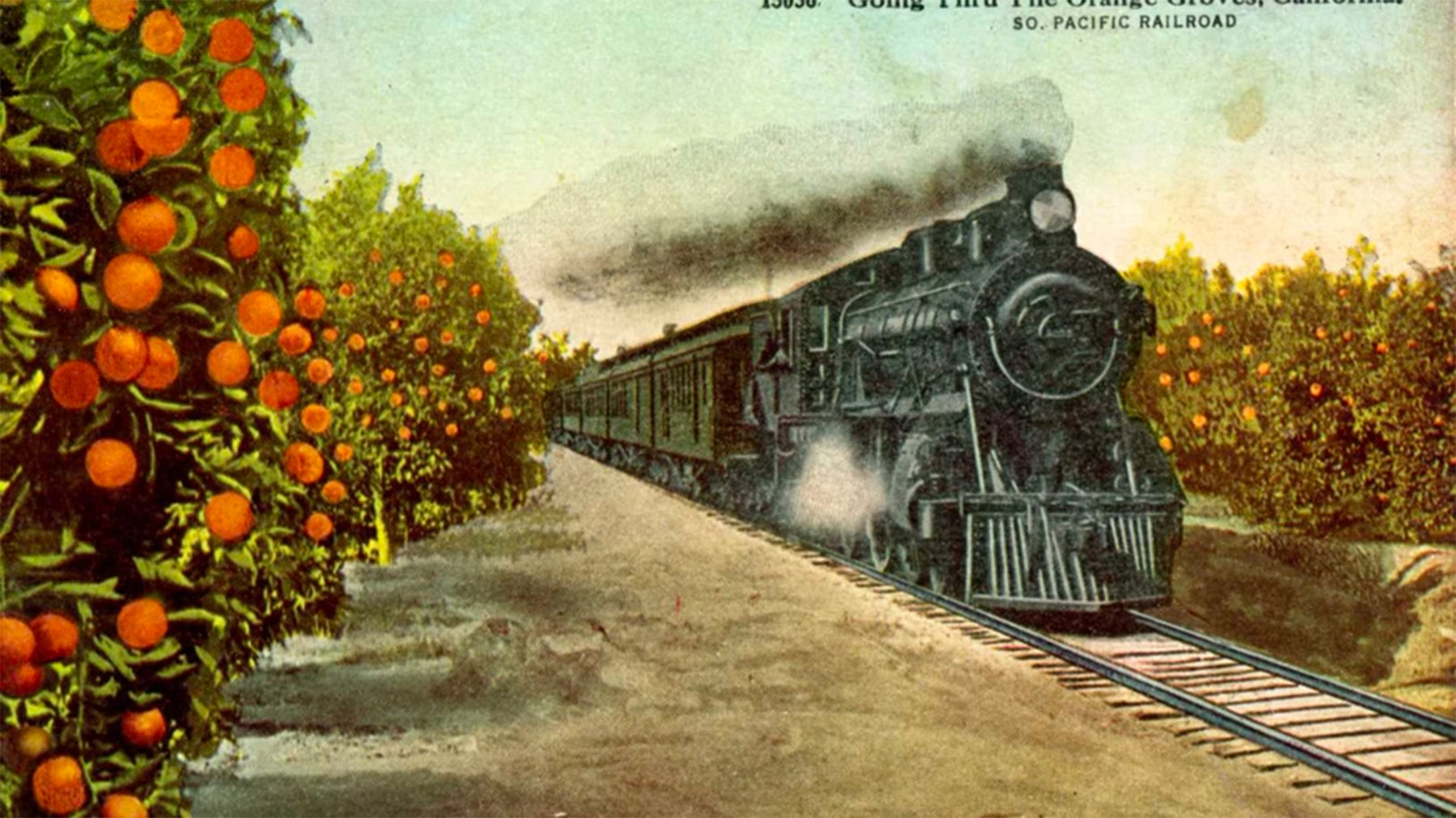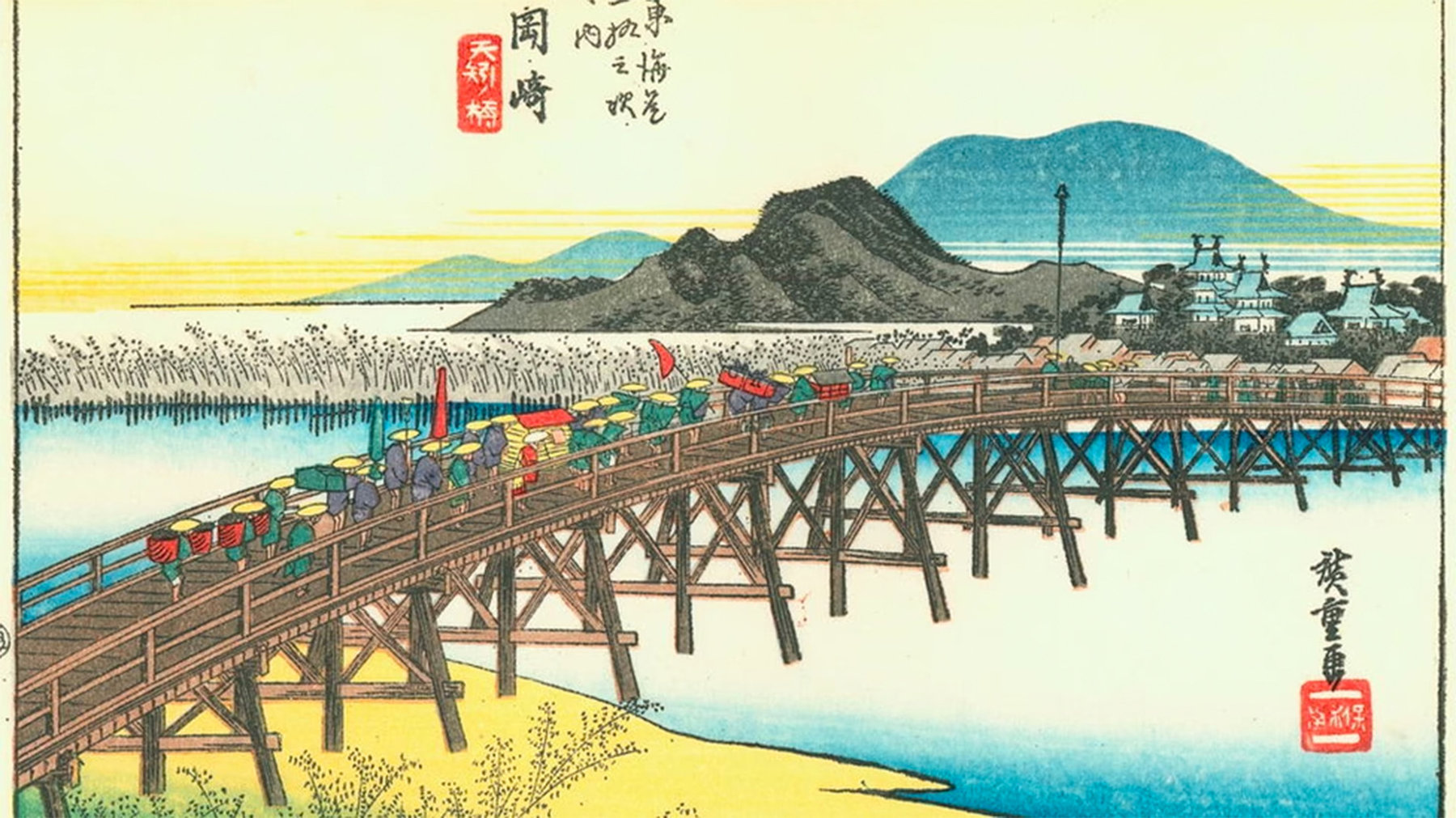For the past 10 days my wife Deb and I have been mainly on the road in California, visiting cities for the new season of American Futures that launches in this space a week from today.
But last Wednesday, in Sacramento, I had a chance to interview Dan Richard, chairman of the California High-Speed Rail Authority, about what I keep calling the most significant infrastructure project underway anyplace in America. This was part of a “Bold Bets” conference on transportation challenges, which was run by AtlanticLIVE and underwritten by Siemens.
You can see an index to the past year’s High-Speed Rail series here, and again in this post after the jump. It included two installments, No. 3 and No. 9, in which Dan Richard responded to financial, technical, and environmental criticisms of the project. My approach for the interview below was to say: Obviously you (Dan Richard) are in favor of this project. And over the months, as I’ve written, I’ve become a supporter too. So instead of talking about the pluses I’m going to take you through the major criticisms and complaints about the project, to hear how you address them. Then if I have left out any complaints, I’ll give members of the audience their turn.
Here is a compendium of past installments, in order.
1) “The California High-Speed Rail Debate: Kicking Things Off.” An introduction to the role of big infrastructure projects in American history, from the Louisiana Purchase and the Erie Canal onward. Also this contained the first link to a powerful interactive map created by UC Davis and Esri, which allows you to see the staged development plans for the railroad and overlay them on economic and environmental indicators. Plus links to various economic and environmental impact assessments.
2) “The Critics’ Case.” Cost-overruns, impracticality, and other drawbacks.
3) “Let’s Hear from the Chairman.” Dan Richard, chairman of the High-Speed Rail Authority, gives a detailed reply to some of the critics’ contentions.
4) “7 Ways in Which High-Speed Rail Would Help California, According to its Chairman.” Richard goes on to make the positive case.
5) “10 Readers With 10 Views.” Voice of the public.
6) “Some Views From the Valley.” Readers from the state’s low-income, high-unemployment Central Valley comment on the project.
7) “The Courts Speak Up, and So Do Some Readers.” A major court ruling last summer that removed an impediment to proceeding with the plan.
8) “More Questions and Concerns.” Reader concerns mainly about ridership estimates, earthquake safety, cost overruns, etc.
9) “The Chairman’s Turn Again.” Dan Richard responds to the issues raised in #8.
10) “Palate Cleanser.” A (relatively) brief entry on the question of how and whether 21st-century America can decide on infrastructure projects whose full value might not be felt for many decades.
11) “Thinking in Time.” An extension of the point in #10. This also has been an increasing theme in Jerry Brown’s speeches, based on his references to medieval masons work on cathedrals whose completion their grandchildren might see.
12) “All Aboard!” Mainly reader mail on the effects of rail networks.
13) “Let’s Look at Maglev and Other Alternatives.” On whether the “futuristic” high-speed rail network is already out of date.
14) “Why You Shouldn’t Get Your Hopes Up for the Self-Driving Car.” On one popular futuristic alternative to rail systems.
14 1/2) “California High-Speed Rail: It’s Happening.” Shortly after the 2014 elections, Jerry Brown announced that on the first full day of his fourth and final term, he would go to Fresno to break ground for the rail system. This is No. 14 1/2 because I had promised that No. 15 would be the grand finale.
14 3/4) “Is the Winning Bid Suspiciously Low?” The first bids for system construction came in far under estimates. Is that a problem?
15) “A Minor End, an Important Beginning.” Last week, on the day of the ground-breaking, I explained why I thought that the centuries-long record of American infrastructure investments argued for going ahead with this one.




